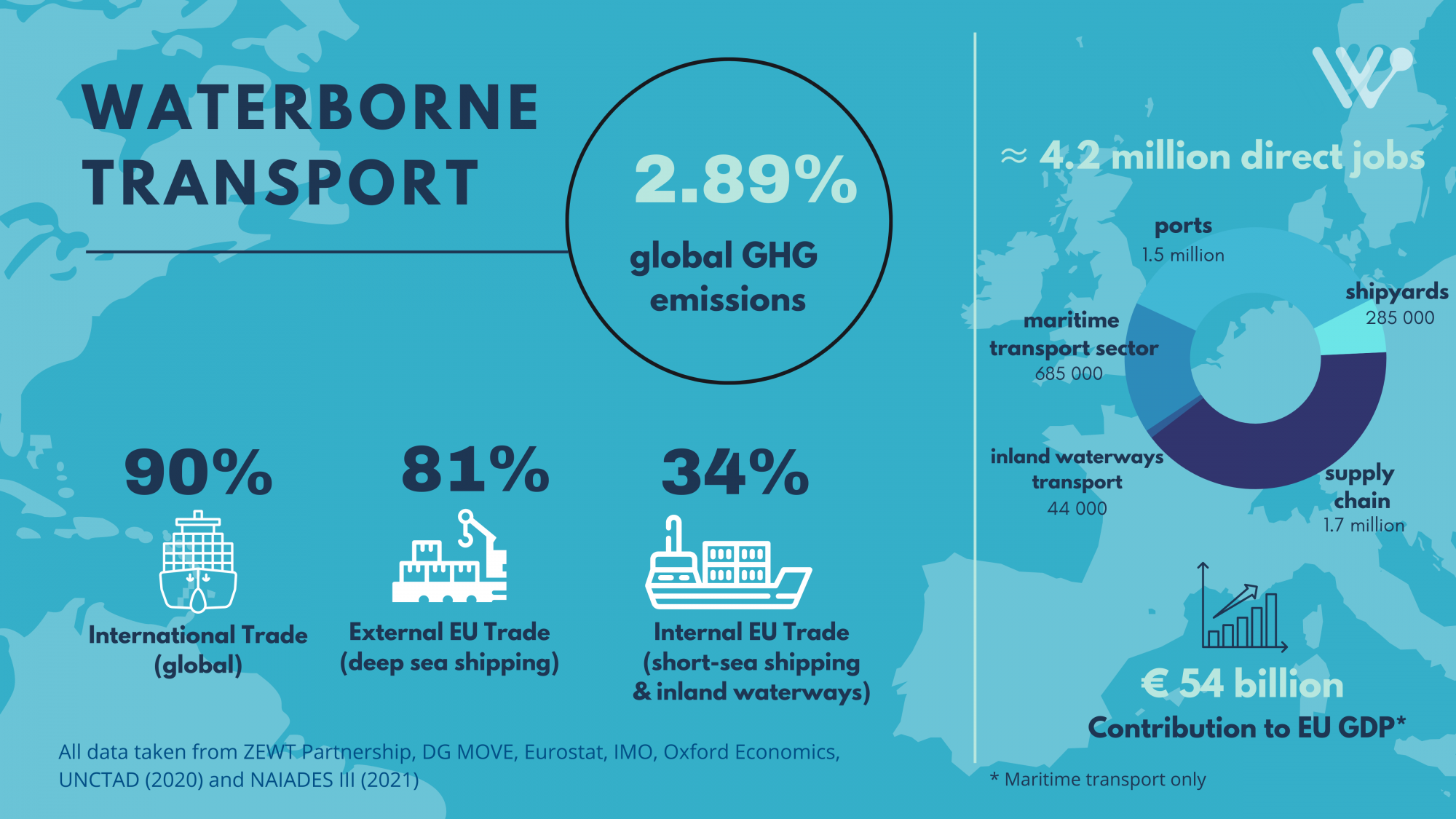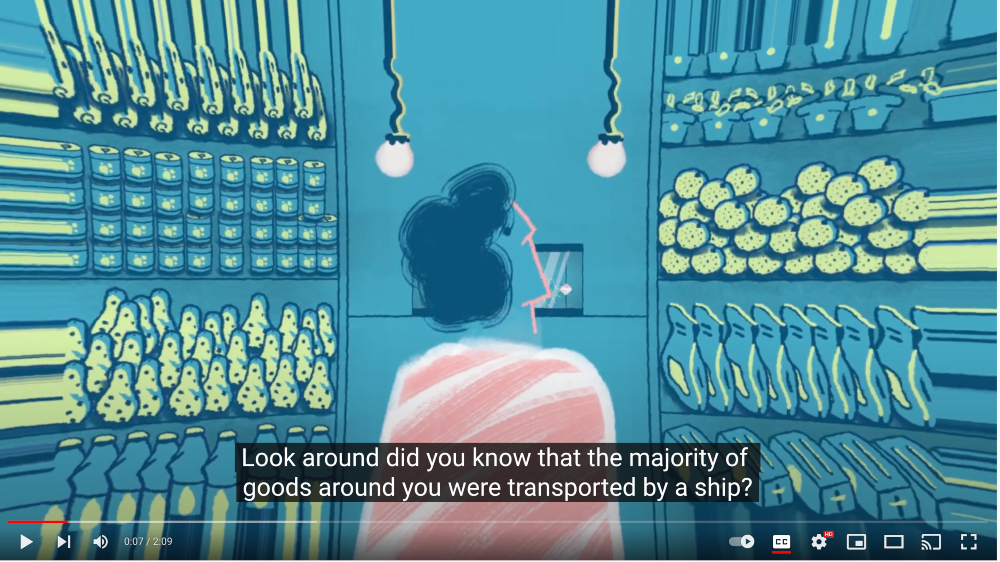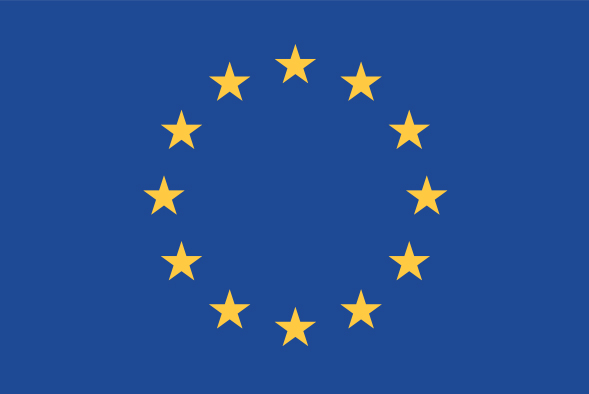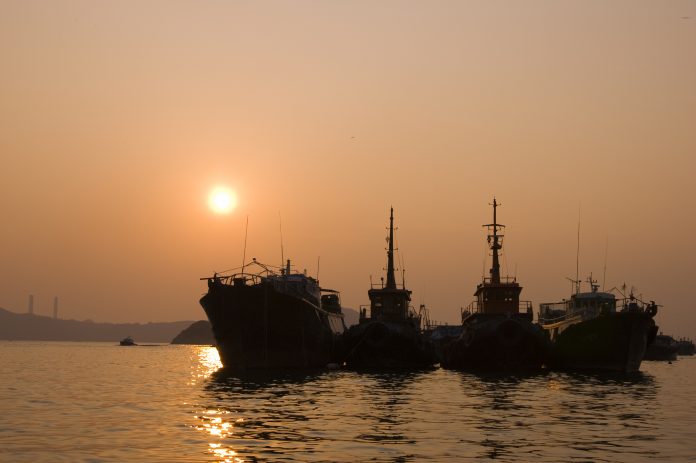The SEA Europe Research and Development Affairs Director, Mr. J. Gebraad, analyses how, with the increased demand for waterborne transport, the need to meet decarbonisation targets and ultimately mitigate climate change is more important than ever
Shipping is one of the oldest industries in the world and still plays an important role in our modern society. The shipping industry greatly contributed to globalisation, and it feeds, clothes, warms and supplies us daily. Despite its unequivocal importance, waterborne transport is probably both the most complex and yet least known transport mode in Europe.

Compared to other transport modes such as plane or truck, on a first note waterborne transport is far less damaging to the environment. Sending a container from Shanghai to Le Havre (France) emits fewer greenhouse gases (GHG) than the truck that takes the container on to Lyon. However, given the size of the industry, if shipping was a country, it would be the sixth GHG emitter in the world. It is therefore one of, if not the most difficult sector in terms of abating the GHG emissions.
This fact raises concerns given the increasing demand for waterborne transport and the overall emerging citizen’s movements demanding concrete actions to mitigate climate change. Combined with the strict climate targets – set by the International Maritime Organisation (IMO) and the EU through the European Green Deal (in particular, the Climate Law and recently the ‘Fit for 55’ package) – the situation calls for immediate action.
This is why, at the end of 2019 the EU-funded STEERER (Structuring Towards Zero Emission Waterborne Transport) project was kicked-off. Its goal is to help reach the above-mentioned decarbonisation targets by contributing to the strategic research, development and innovation (RD&I) medium- to long-term developments for the waterborne transport sector. STEERER is led by SEA Europe, the European Shipbuilding and Maritime Equipment Association, and also comprises the WATERBORNE Technological Platform, representing the European RD&I waterborne transport stakeholders. This ensures the broadest representation of all sector stakeholders and that their expertise will actively contribute to the initiative.

STEERER was designed to support the preparation and implementation of the newly-created co-programmed European Partnership on Zero-Emission Waterborne Transport (ZEWT) in the framework of Horizon Europe (HEU) which will provide and demonstrate zero-emission solutions for all main ship types and services before 2030, thus enabling zero-emission waterborne transport before 2050. And the project’s main aim is to provide input to the partnership’s Strategic Research and Innovation Agenda (SRIA) and its continuous developments.
Firstly, these include an analysis of the ‘state-of-play’ which consists of best practices, initiatives, existing decarbonisation strategies, etc., for waterborne transport. Based on the state-of-play and the present and foreseen policies, technological and economic developments, STEERER will identify the decarbonisation scenarios with quantified targets for 2025, 2030 and 2050. And as there is no single technological solution able to decarbonise all shipping sectors according to these targets, actions including the use of sustainable alternative fuels; electrification; energy-efficiency; design and retrofitting; digital green and ports will be developed.
Based on the findings of the abovementioned scenarios and actions, the partnership SRIA will provide a solid ground for advice for the future HEU calls financed by the Partnership. To make this possible, the project consortium also heavily relies on the involvement of experts and stakeholders with the aim to discuss and validate the work carried out within the project. Two advisory groups – the Scientific Committee (SC) and the Green Shipping Expert Group (GSEG) – have been formed early in the project, counting approximately 50 international experts from different waterborne transport segments. Their task it to review and contribute to STEERER’s main documents.
While most STEERER outcomes will be published during this fall and throughout 2022, two important documents are already available. The State-of-Play of Decarbonisation of waterborne transport is envisioned as a “technology application atlas” and is an in-depth overview of the ‘greening’ technologies that are either deployed or about to be deployed in the different waterborne sectors.
The second, titled Results of the first consultation phase: Trends and drivers for change, presents the main trends and drivers that could influence the waterborne transport developments, as identified in the consultation with the GSEG.
Promoting the sector and its developments to the public at large is a must. As mentioned, waterborne transport is rarely in the spotlights, but has a tremendous influence on daily life, since of everything around you, more than 80% has been transported by waterborne transport. Consequently, STEERER will promote, especially online, both this challenge and some of the main solutions – e.g., the ‘State of Play’ overview – that the sector is and will be developing, therefore raising its strategic importance and determination to decarbonise.
Now, already in the second phase of its lifetime, STEEERER will continue with its mission to bring the various initiatives and sector stakeholders together for a combined effort with the maximum impact for the climate, people’s health and Europe’s economy.

This project has received funding from the European Union’s Horizon 2020 research and innovation programme under grant agreement No 875285.
Please note: This is a commercial profile
© 2019. This work is licensed under a CC BY 4.0 license.











